
The global automotive landscape is undergoing a profound transformation, accelerating towards an electric future at an unprecedented pace. In 2024 alone, more than one in five cars sold worldwide was electric, pushing sales past a new record of 17 million vehicles. This electrifying momentum isn’t confined to passenger cars; it’s echoing across electric trucks, bikes, and even U.S. electric school buses, marking a pivotal shift towards cleaner, healthier transportation systems that promise to mitigate climate warming and purify our air.
Yet, as with any revolutionary advancement, this burgeoning adoption of electric vehicles (EVs) introduces a significant, growing challenge: the responsible management of the immense influx of retired batteries. Projections indicate a staggering increase in global EV battery power demand, from 1 terawatt-hour (TWh) in 2024 to an astonishing 3 TWh by 2030. Considering a typical EV battery is designed to last 8-12 years on average before needing replacement, experts anticipate approximately 20,500 kilotons of end-of-life batteries by 2040 – a mass roughly 55 times the weight of the Empire State Building. This monumental volume necessitates a robust, sustainable strategy to ensure these batteries do not become a threat to people or the environment.
This article embarks on an in-depth exploration of where these used EV batteries actually end up, the multifaceted challenges they present, and the innovative solutions — particularly through policies like ‘extended producer responsibility’ — being developed to manage them. We will uncover the complexities of their journey from vehicle to second life or recycling, examining the critical questions of responsibility and safety. Join us as we navigate the intricate world of EV battery end-of-life, revealing the path forward for a truly sustainable electric revolution.
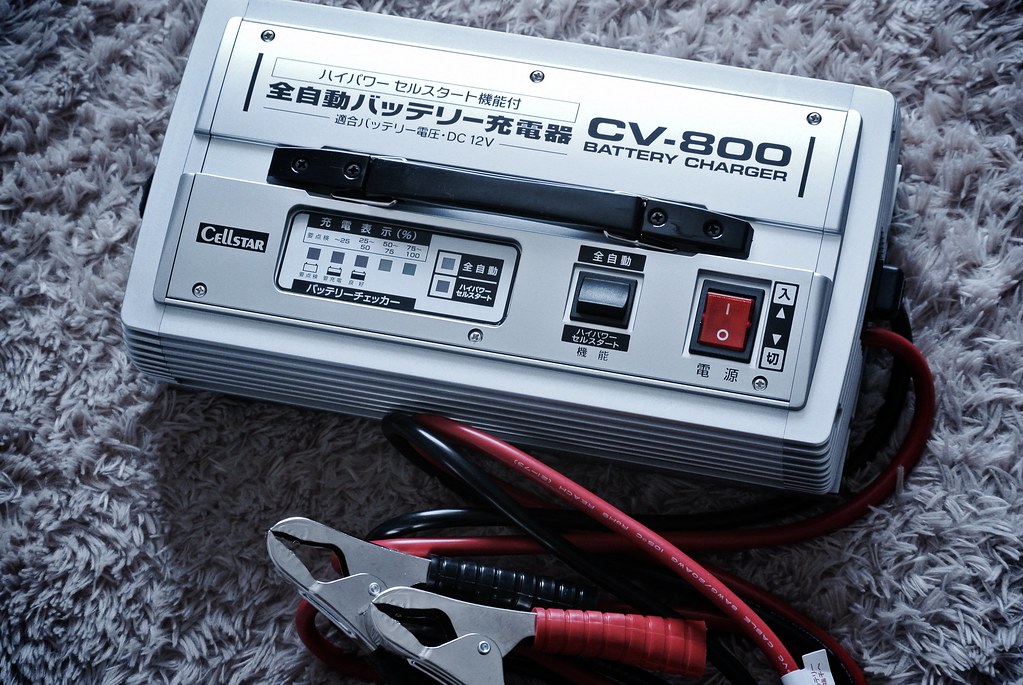
1. **The Explosive Growth of Electric Vehicles and the Looming Battery Challenge**Electric vehicles are not just a trend; they represent a fundamental paradigm shift in personal mobility, driven by a global imperative for sustainable transportation. The statistics are compelling: in 2024, electric cars accounted for over 20% of global vehicle sales, a testament to their growing acceptance and the collective desire to reduce carbon footprints and air pollution. This surge in EV adoption reflects not only consumer choices but also significant advancements in battery technology, enhancing range and charging efficiency, alongside supportive government incentives like tax breaks and rebates.
However, this rapid ascent brings with it a complex, escalating issue: what becomes of the massive batteries powering these vehicles once they’ve served their primary purpose? The sheer scale of the projected end-of-life battery waste is staggering. As the global EV fleet expands, so too does the mountain of retired batteries, which by 2040 could collectively weigh 20,500 kilotons. This looming challenge underscores the urgent need for a comprehensive and sustainable approach to battery management that extends beyond the vehicle’s operational lifespan.
The industry’s reliance on lithium, cobalt, and nickel in current battery chemistries, coupled with the inherent complexities of their extraction and processing, means that a truly circular economy for these critical materials is still in its nascent stages. Without robust systems for collection, reuse, and recycling, this wave of retired batteries could inadvertently create new environmental burdens, undermining the very clean energy goals EVs are designed to achieve. This delicate balance between progress and responsibility forms the crux of the global EV battery challenge.
Read more about: The Billionaire’s Tightrope: Why Elon Musk’s Galactic Ambitions and Earthly Controversies Fuel a Relentless Drive

2. **Defining “End-of-Life” for EV Batteries: More Than Just a Warning Light**For an EV owner, the “end of life” for a battery might manifest as a noticeable reduction in driving range, slower charging times, or a system warning light. When these indicators appear, it typically signals that the battery is no longer optimal for vehicle propulsion and may need to be retired. The standard procedure often involves taking the vehicle back to a dealership or service center for a battery replacement or selling the car. However, it’s crucial to understand that “end of life” in a vehicle context does not equate to the complete exhaustion of a battery’s usefulness.
Crucially, EV batteries reaching the end of their “first life” are far from spent. Many still retain a substantial 70%-80% of their original charge capacity. This remaining capacity makes them unsuitable for the high-demand, consistent performance required by an electric vehicle, but perfectly viable for less demanding applications. This insight is foundational to the concept of a “second life” for EV batteries, presenting a significant opportunity for sustainable reuse.
Once removed from a vehicle, these batteries undergo a critical assessment. Specialized technicians, either at dealerships, outsourced partner companies, or waste handlers, inspect them for their state of health and safety characteristics, including flammability, ignitability, corrosivity, and toxicity. This rigorous evaluation determines whether a battery can be repurposed for a second life, recycled to reclaim valuable materials, or, in less ideal scenarios, sent to a landfill. The decision at this juncture is pivotal in shaping the battery’s ultimate fate and its environmental impact.
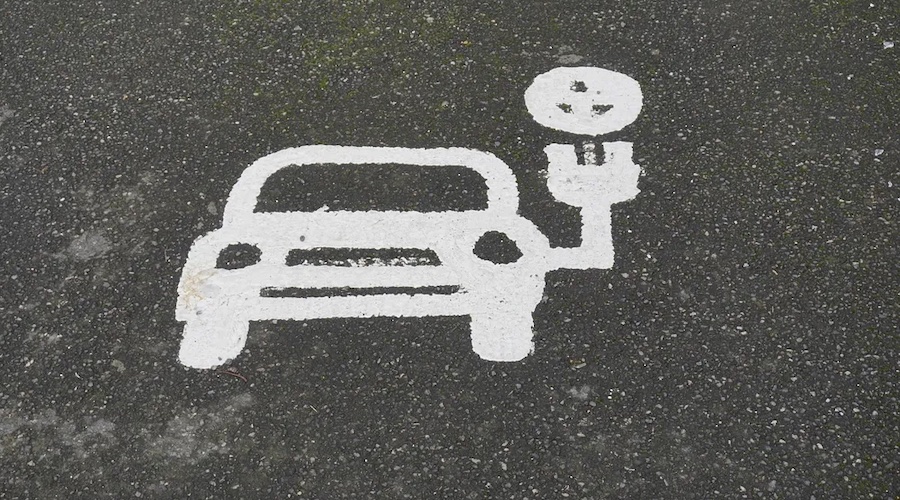
3. **The Hazardous Truth: Why Used EV Batteries Demand Special Handling**Used EV batteries are not merely inert objects; they are classified as hazardous waste in the U.S. and many other parts of the world. This classification stems from the complex chemistry and materials within them, which pose significant risks if not managed with extreme care. The absence of a universal consensus on the best handling approach for this waste is a critical concern, even as new solutions begin to emerge, because the potential environmental and social impacts are substantial and far-reaching.
At their core, these batteries contain a cocktail of materials including lithium, cobalt, nickel, and manganese, along with other heavy metals. While vital for energy storage, these components can be highly toxic if released into the environment. Improper disposal, such as landfilling, carries the inherent risk of these toxic chemicals leaching into the surrounding soil and groundwater. This contamination pathway can expose nearby communities to severe health risks, including developmental and reproductive disorders, kidney damage, and debilitating skin allergies, impacting human health for generations.
Beyond direct chemical exposure, the risks extend to ecosystems. Soil contamination can severely hamper plant growth, disrupting natural habitats and causing toxic chemicals to accumulate throughout the food chain. This bioaccumulation can affect wildlife, livestock, and ultimately, human populations that rely on these ecosystems. The hazardous nature of these batteries necessitates stringent regulations and meticulous handling protocols throughout their entire end-of-life journey to prevent widespread ecological damage and protect public health.
Read more about: The Ultimate Road Trip Safety Playbook: 12 Non-Negotiable Rules to Keep Your Journey Smooth and Secure for Every Driver
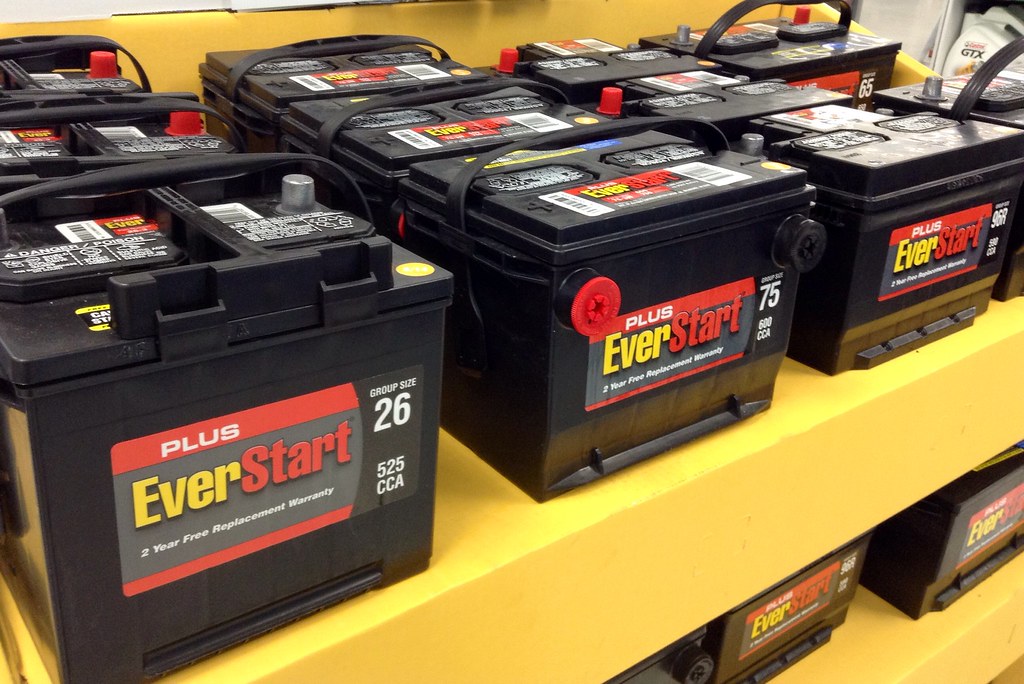
4. **The Dual Threat: Environmental Contamination and Fire Risks from Mishandled Batteries**The environmental and health concerns associated with used EV batteries extend beyond simple chemical leaching. When these batteries are improperly handled, particularly at waste management facilities, recycling centers, or landfills, they present a dual threat: persistent environmental contamination and the acute danger of fires. The consequences of these threats are profound, impacting both natural ecosystems and human safety.
Landfilling EV batteries allows their toxic components, such as heavy metals like arsenic, cadmium, chromium, nickel, and lead, to seep into the soil and water supply over time. These elements are not only persistent but are also linked to multiple forms of cancer and other serious health issues. This long-term pollution silently degrades the environment, contaminating agricultural land and vital water sources, with effects that can cascade through the food chain and impact human health years after initial disposal. It’s a ticking time bomb for ecological integrity.
Adding to this grave concern is the significant risk of fires. EV battery fires are particularly dangerous due to a phenomenon known as “thermal runaway.” This is a rapid, uncontrollable chain reaction of temperature and pressure increases within a battery, leading to fires that burn significantly hotter and release exceptionally toxic fumes. These blazes are notoriously difficult to extinguish, often requiring vast quantities of water, which can then carry toxins from the burning site into the surrounding water systems. The risk is not theoretical; nearly half of all waste fires in the U.K., for instance, are attributed to lithium batteries mixed in with general trash.
These fires pose immediate and severe risks to workers, who can be exposed to hazardous gases, metals, and chemicals, leading to injuries and long-term respiratory damage. This danger is amplified in the informal waste sector, common in developing countries where waste is often shipped, where workers typically lack adequate training, protective equipment, and regulatory oversight. The dual threat of insidious contamination and explosive fires underscores the critical need for strict regulations and safe handling practices to safeguard both our planet and its inhabitants.

5. **The ‘Orphan Battery’ Problem: Navigating the Complexities of Collection and Ownership**The journey of an EV battery after its first life is fraught with logistical and regulatory challenges, creating a phenomenon known as “orphan batteries.” This problem arises when the ownership and responsibility for collecting or safely disposing of a battery become unclear after it’s removed from a vehicle. The absence of a clear, streamlined system for battery collection poses a significant hurdle to effective waste management and environmental protection.
One primary issue is a lack of awareness among EV owners regarding where and how to properly dispose of used batteries. If owners cannot easily access a designated collection facility, or if their dealer lacks the necessary infrastructure or capacity, they might resort to informal auto dismantlers. Once a battery is extracted from the vehicle in such settings, it often falls outside the scope of its original warranty, blurring the lines of responsibility and leaving it effectively orphaned.
Furthermore, the existing infrastructure in many regions, such as the U.S., exacerbates this problem. Most battery collection facilities are geographically distant from recycling or repurposing centers. This creates a need for lengthy and costly transportation, which in turn increases the risk of fires en route due to the hazardous nature of these batteries. The fragmented and inefficient collection network makes it difficult to track and manage batteries effectively, leading to a higher likelihood of them being improperly stored, disposed of, or simply forgotten.
Compounding these issues are the risks associated with the discharge and assessment processes themselves, especially when conducted improperly. Workers can be exposed to toxic metals, chemical spills, and fires. These dangers are particularly acute in countries that import e-waste or secondhand vehicles, as well as at informal dismantlers within countries like the U.S., where regulatory enforcement, worker protections, and safety training are often lacking. Addressing the “orphan battery” problem requires a systemic overhaul of collection infrastructure, clearer ownership frameworks, and enhanced public awareness.

6. **Introducing Extended Producer Responsibility (EPR): Shifting the Burden of Battery Stewardship**
Effectively managing end-of-life EV batteries requires a fundamental shift in accountability, ensuring oversight at every stage of their journey from vehicle to disposal or reuse. This necessitates a clear authority to take responsibility for collection, assessment, and optimal utilization of used batteries, as well as for funding these processes. This is precisely where the concept of Extended Producer Responsibility (EPR) emerges as a powerful and increasingly adopted policy framework.
EPR policies are designed to hold producers responsible for the entire lifecycle of their products, from design to end-of-life. This paradigm moves beyond simply selling a product, placing the onus on manufacturers to ensure that their goods, once discarded by the consumer, are managed responsibly to minimize environmental impact. While already utilized for various products like electronics, appliances, and mattresses, applying EPR to EV batteries means vehicle or battery producers, rather than consumers or waste handlers, bear the primary responsibility for end-of-life management.
The rationale behind EPR for EV batteries is compelling: producers are often best positioned to understand their products’ composition, design for recyclability, and establish efficient take-back schemes. By internalizing the costs of end-of-life management, EPR incentivizes manufacturers to design more durable, repairable, and recyclable batteries, fostering innovation towards a circular economy. Most regions with significant EV adoption, including the EU, India, and China, have already implemented some form of EPR for EV batteries, signaling a global recognition of its importance. While a few U.S. states are following suit, the country currently lacks a comprehensive national law, highlighting a critical gap that needs to be addressed for a truly sustainable EV future.”

7. **The Mechanics of EPR: How Producers Are Held Accountable**Extended Producer Responsibility (EPR) is far more than just a concept; it’s a living framework designed to fundamentally transform how products are managed throughout their lifecycle. For EV batteries, this means moving beyond the initial sale to encompass every stage, from collection to assessment and ultimately, optimal utilization. At its core, EPR policies mandate that manufacturers meet a minimum requirement: collecting a specified percentage of the total product weight they introduce to the market.
This responsibility translates into tangible actions for producers. They may work directly or indirectly with retailers to educate car owners on proper disposal and establish robust collection infrastructure. Furthermore, collaboration with waste haulers is crucial to ensure safe transportation, mitigating the risks inherent in moving hazardous materials. Producers also engage with recycling centers and repurposing facilities to aggregate batteries and vital data, guiding decisions on the most suitable next use for end-of-life batteries.
EPR laws also provide significant incentives for manufacturers to innovate towards a circular economy. By internalizing the costs of end-of-life management, producers are encouraged to design batteries that are more durable, repairable, and recyclable. They may even gain economic advantages, such as through revenue-sharing agreements with companies specializing in repurposing or recycling, transforming what was once a waste problem into a valuable resource stream.
Across the globe, various EPR laws have incorporated measures specifically aimed at boosting recycling and repurposing rates. For instance, the EU batteries directive sets requirements for battery manufacturers to minimize their environmental footprint. This is achieved by mandating the use of specified amounts of recycled minerals in new batteries or by designing them for greater repairability, driving sustainability from the outset.
The New Jersey Electric and Hybrid Vehicle Battery EPR law offers another compelling example. It explicitly bans the disposal of EV batteries in landfills, imposing fines for non-compliance. This strong deterrent incentivizes manufacturers to ensure all used batteries are collected. Moreover, it actively encourages repurposing, as partner companies can acquire a higher volume of used batteries from manufacturers with greater predictability in terms of cost and quality, fostering a more robust second-life ecosystem. India’s Battery Waste Management Rules also allow producers to use deposit refund schemes or buy-back policies, directly incentivizing car owners to return used batteries, alongside mandating up to 20% recycled minerals in production by 2030.
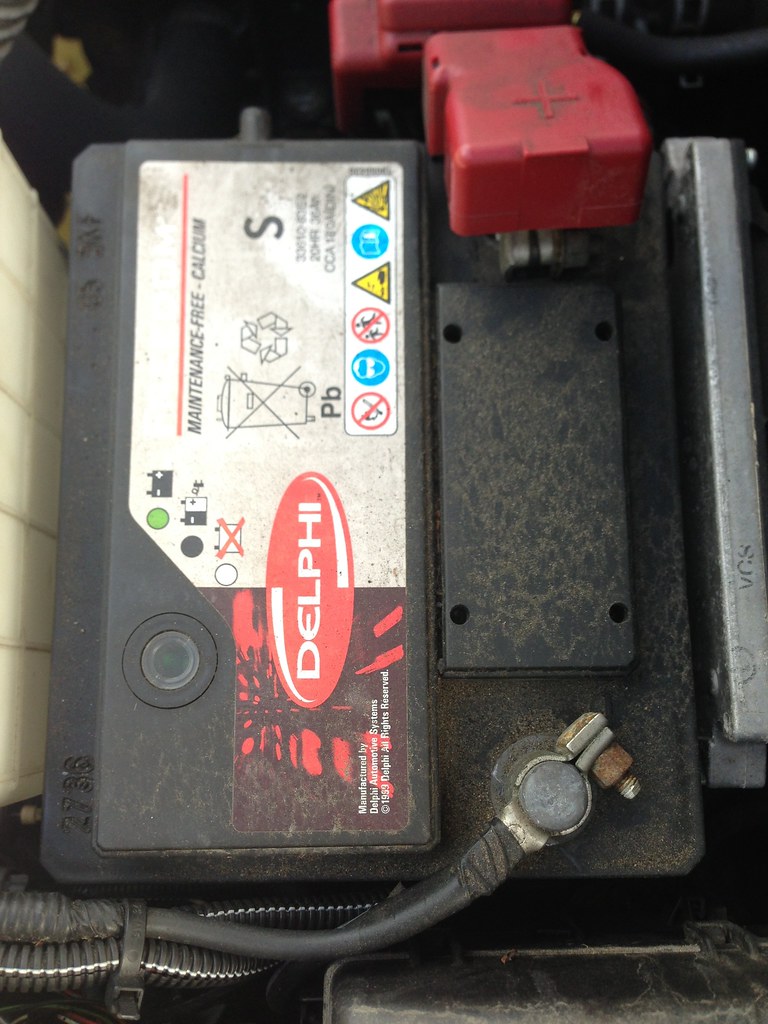
8. **Beyond Policy: Voluntary Initiatives and Their Impact**While robust government policies are undeniably critical in establishing widespread, sustainable battery management, the movement towards better practices isn’t solely top-down. Significant progress can also emerge from the ground up, through voluntary initiatives driven by industry players themselves. These bottom-up approaches demonstrate a proactive commitment to environmental stewardship, often paving the way for broader adoption and informing future regulatory frameworks.
A prime example of such self-initiated responsibility is the eBike Battery Recycling Program in the U.S. Over 25 companies came together to establish this voluntary EPR program, aiming to safely manage and ensure the recycling of their used e-bike batteries. This collective effort showcases how industries can unite to address end-of-life challenges for their products, even in the absence of federal mandates.
The mechanics of such a program are surprisingly streamlined: participating manufacturers bear a nominal cost, often less than 1% of the total vehicle price. This funding enables a third-party organization to track batteries placed on the market by these companies and assess their value at end-of-life. This third party then takes on the crucial tasks of aggregating, transporting, and safely recycling the used batteries, providing a comprehensive, accountable system that might otherwise be absent.
The promise of well-designed EPR regulations, whether mandated or voluntary, is underscored by successful implementations in other product categories. British Columbia, for instance, saw a remarkable increase in collected residential packaging and paper waste — over 60% in a single year — after enacting an EPR law in 2014. Similarly, Japan’s Home Appliance Recycling Law has led to the collection of over 15 million units in FY2021, with recycling rates exceeding 90% for certain appliances, demonstrating the powerful potential for effective waste management.
However, these laws and programs are not without their potential pitfalls and complexities. One significant concern is the possibility that manufacturers might pass the increased costs of battery management directly onto consumers. Such price hikes could risk deterring potential buyers, inadvertently slowing down the crucial transition to electric vehicles and undermining the broader environmental goals.
Moreover, while EPR laws aim to foster local collection and build domestic supply chains for reuse and recycling, this outcome is not guaranteed. A long-standing issue in waste management is the export of e-waste from wealthier to lower-income countries, with very little material retained and recycled domestically. If EPR policies don’t include strong guardrails, they could inadvertently facilitate the export of materials like ‘black mass’ (shredded battery scrap), merely shifting the environmental and safety burdens to different regions rather than truly resolving them.
Another challenge arises in a loosely regulated battery collection market, where various entities—waste haulers, retailers, or even producers—might find it economically advantageous to hoard used EV batteries. This practice could be driven by the anticipation of rising demand or the potential for greater profits later on. Such unsafe storage significantly amplifies the risk of fires and dangerous chemical leakage, posing immediate threats to the environment and public safety, making stringent oversight imperative.
Read more about: Congressional Probe Intensifies: House Oversight Committee Demands Jeffrey Epstein Files and Key Testimonies in Sweeping Transparency Push

9. **Giving Batteries a Second Act: The Power of Repurposing**When an EV battery reaches the “end of its first life” in a vehicle, it’s a critical juncture, but it’s important to understand that this doesn’t signify the end of its usefulness. Far from it, many of these batteries still retain a substantial 70% to 80% of their original charge capacity. While this might be insufficient for the high-demand performance required by an electric vehicle, it makes them perfectly viable for a myriad of less demanding applications, paving the way for an exciting “second life.”
This concept of repurposing is a cornerstone of sustainable battery management, extending the valuable operational lifespan of these powerful units. Instead of being immediately recycled, these aging batteries are given new roles where their remaining capacity can shine. This strategy not only maximizes the utility of existing resources but also significantly reduces the immediate demand for new raw materials, lessening the environmental impact of mining.
Common second-life uses for these diligently evaluated batteries are diverse and impactful. They include integration into home energy storage systems, often paired with solar panels to create resilient, off-grid power solutions. On a larger scale, they play a vital role in grid energy balancing during peak usage hours, helping utilities manage fluctuating electricity demands. Commercial and industrial sectors also leverage them for backup power, ensuring continuity during outages. Even innovative applications like mobile EV charging trailers are emerging, offering convenient charging solutions on the go.
The benefits of repurposing extend the life of these batteries by an additional 5 to 10 years, dramatically improving their overall lifecycle efficiency. This extended utility is not going unnoticed; automakers and innovative startups are increasingly investing in sophisticated second-life programs, recognizing their potential to scale this sustainable solution globally. It’s a win-win: reducing waste while creating new energy infrastructure.
Real-world examples are already demonstrating the efficacy and potential of repurposing. Nissan LEAF batteries, after serving their time in vehicles, are now powering streetlights and even homes in Japan, illustrating a tangible shift towards a circular economy. Similarly, luxury automakers like BMW and Audi are actively utilizing second-life batteries for critical grid stabilization projects, contributing to more reliable and sustainable energy networks. General Motors and Ford are also at the forefront, testing stationary energy storage systems tailored for businesses and charging networks, showcasing a forward-thinking approach to energy management and resource optimization.
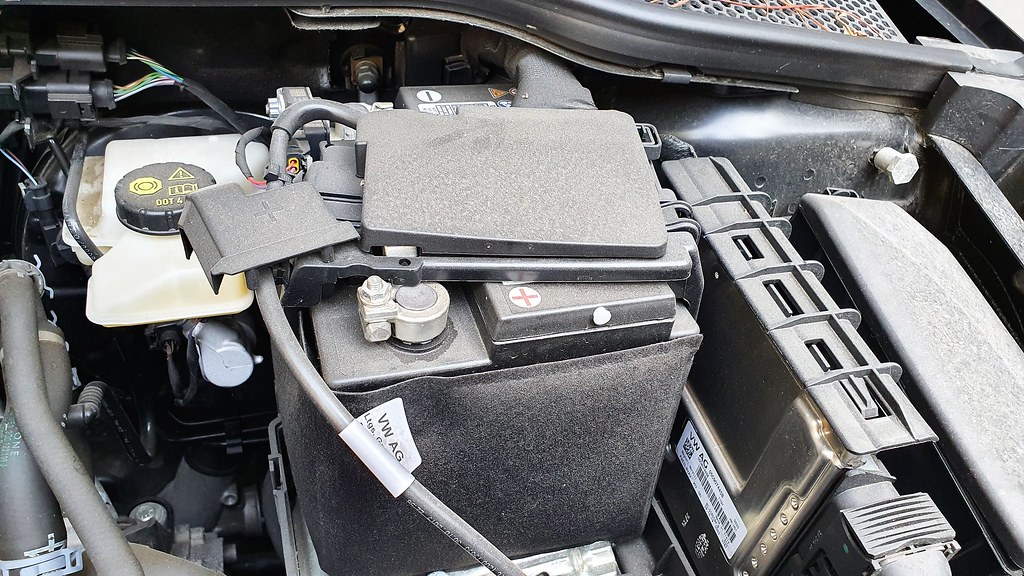
10. **Unpacking Recycling: The Technologies Reclaiming Precious Metals**While repurposing extends a battery’s life, eventually even repurposed batteries reach a point where they can no longer hold sufficient charge or are too damaged for further reuse. At this stage, responsible recycling becomes the crucial next step, focused on recovering the valuable materials within. However, it’s a complex process, and not all components of an EV battery are equally amenable to recycling, posing significant engineering and economic challenges.
Indeed, when an EV battery undergoes recycling, only a fraction of its parts are typically extracted, with the remainder often discarded. This selectivity is twofold: some materials, such as graphite, are currently too inexpensive to make their recycling economically viable. Conversely, other materials, like lithium, are notoriously difficult to process for reuse, carrying inherent risks such as the potential release of toxic chemicals or even explosion, demanding extreme precision and a minimal margin for error during reclamation.
The primary focus of battery recycling operations is on recovering the most precious metals. These valuable elements are predominantly found in the battery’s cathode, which serves as the positive terminal. Cathodes commonly contain highly sought-after materials like nickel, cobalt, and manganese. Though present in relatively small quantities, their high market value makes their extraction an economically worthwhile endeavor, despite the significant complexities involved in separating them.
Extracting these metals from the cathode is anything but simple. Cathodes are intricate composites of numerous metal alloys, and the process of separating these different elements and refining them into pure ingots demands intense chemical processes. The industry primarily relies on two major metallurgical techniques to achieve this: pyrometallurgy and hydrometallurgy, each with its distinct methodology and environmental considerations.
Pyrometallurgy, as its name suggests, involves igniting the entire battery at extremely high temperatures. This intense heat effectively burns away non-valuable components like plastic and organic binders, while simultaneously liquifying the metallic elements. Further heat treatments are then applied to precisely separate and extract the precious metals. This method is effective but energy-intensive and comes with its own set of environmental impacts, which we will explore further.
In contrast, hydrometallurgy employs a water-based chemistry approach. The battery materials are soaked in acid baths, which dissolve the valuable metals. Chemical processes are then used to selectively precipitate and recover these materials. This technique is generally considered to be less energy-intensive and produces fewer atmospheric emissions than pyrometallurgy, making it a potentially greener option for material recovery. Beyond the cathode, other recyclable metals such as copper and aluminum can be found in the battery’s shielding, harnesses, and wires. These are typically easier to obtain, as they can often be physically removed during the initial disassembly phase of the battery.
Several companies, including Redwood Materials, Li-Cycle, and Ascend Elements, are actively scaling these advanced EV battery recycling operations across North America and beyond. Their efforts are crucial in building a domestic supply chain for battery materials, reducing reliance on virgin mining, and preventing hazardous waste from accumulating in landfills. However, once all the economically viable recyclables have been extracted, the remaining materials, including plastics, cheap-to-replace metals, and various byproducts, are typically discarded, underscoring that current recycling isn’t yet 100% efficient.

11. **The Environmental Paradox: Assessing Recycling’s Own Footprint**While the push for EV battery recycling is unequivocally essential for sustainability, it’s vital to acknowledge a nuanced and sometimes overlooked reality: the recycling process itself is not without its environmental costs. The very act of reclaiming valuable materials from spent batteries, particularly through the modern techniques discussed, can inherently threaten the health of nearby ecosystems and the well-being of workers at these facilities. This creates an environmental paradox, where the solution to one problem can contribute to another.
The pyrometallurgical process, for instance, which relies on extreme heat to break down battery components, emits massive amounts of greenhouse gases. This is a direct consequence of combusting the plastic components and other non-recyclable organic materials present within the batteries. The smoke and emissions released contribute to atmospheric pollution, presenting a challenge to the “green” image often associated with recycling. This energy-intensive method, while effective for metal recovery, comes with a significant carbon footprint that must be carefully managed.
Similarly, hydrometallurgy, which utilizes acid baths to dissolve and extract metals, also produces its own substantial quantity of waste. The chemical solutions, after they have served their purpose, leave behind toxic liquids and solids that cannot be easily reused or recycled. These chemical byproducts require careful treatment and disposal to prevent them from contaminating soil and water supplies, demanding sophisticated waste management protocols to mitigate their environmental impact. The waste stream from these processes underscores that even advanced recycling is a resource-intensive industrial activity.
Even when batteries are slated for recycling, the pervasive risks associated with lithium batteries remain a concern. As noted earlier, nearly half of all waste fires in the U.K., for example, are attributed to lithium batteries that are improperly mixed with general trash. Such fires are not only dangerous for the local ecology and surrounding infrastructure but also for the firefighters who risk their personal safety for weeks or even months to bring the blazes under control. These fires underscore the persistent danger of mishandling batteries throughout their end-of-life journey, regardless of their intended fate.
The ecological damage from these fires is profound: the tons of water used to fight the flames often seep toxins from the dump site into the surrounding water supply. Simultaneously, plumes of greenhouse gases billow into the sky, further exacerbating air pollution. Beyond the immediate blaze, the long-term leaching of heavy metals like arsenic, cadmium, chromium, nickel, and lead—all linked to multiple forms of cancer—can silently infiltrate the soil and water table, affecting human health and ecosystems for years. Thus, even with recycling as the goal, vigilance against improper storage and handling is paramount to avoid these severe environmental and health consequences.

12. **Charting the Course: The Future of Sustainable Battery Management**While the current landscape of EV battery recycling and its environmental impact might present a sobering picture, the future is far from grim. There is significant optimism driven by relentless innovation and a burgeoning global commitment to sustainability. The journey towards a truly circular battery value chain is accelerating, propelled by both technological breakthroughs and evolving policy frameworks.
One of the most exciting frontiers lies in the development of entirely new battery technologies. Researchers are actively exploring alternatives that could replace current non-recyclable parts with safer, more abundant, and environmentally benign materials. Imagine a future with sodium, glass, or even water-based batteries. A water-based battery, for instance, could virtually eliminate the risk of those dangerous trash fires currently caused by lithium-based chemistries, fundamentally transforming safety and disposal.
Beyond new chemistries, other potential breakthroughs are focused on dramatically increasing battery lifespans. Innovations like “pulse current charging” are being optimized, offering intermittent cool-down periods during charging. Scientists predict that such advancements could extend a battery’s operational life by decades, significantly reducing the rate at which batteries need to be retired and, consequently, decreasing the volume of e-waste generated, allowing for more efficient resource utilization over time.
Even if revolutionary battery chemistries don’t immediately sweep the market, there’s a strong likelihood that recycling techniques themselves will continue to increase in scale and efficiency. One reason for historically low recycling rates has been a lack of sufficient processing facilities. However, governmental and economic pressures are now vigorously driving the growth of the EV recycling industry. Private EV manufacturers are proactively assuming responsibility, with Volkswagen breaking ground on pilot recycling facilities and Tesla forging partnerships to ensure their used batteries bypass landfills.
Governments worldwide are playing a pivotal role in incentivizing this expansion. In the United States, subsidies are now available for companies that utilize recycled materials in their EV batteries, provided the recycling takes place on U.S. soil, bolstering domestic supply chains. The U.S. Department of Energy further committed $200 million in 2023 to fund research aimed at reducing the cost of EV battery recycling, demonstrating a concerted effort to make these processes more economically viable and widespread. These examples, hopefully, are just the beginning of a larger trend.
For policymakers, a crucial next step involves expanding EPR laws—implementing national legislation in countries like the U.S. and Australia where comprehensive frameworks are currently lacking. Equally important is the streamlining of these policies and regulations both between and within countries. This harmonization will simplify compliance for companies and help regulate waste flows across borders, a particularly vital consideration for nations with active trade agreements involving used vehicles.
Furthermore, laying strong guardrails within EPR laws that require used batteries to be retained within the country or region of collection could ensure that most collected batteries are repurposed and recycled domestically. This approach would not only encourage energy security by fostering local material supply chains but also significantly help limit the export of e-waste, preventing the shifting of environmental burdens to lower-income countries. Simultaneously, building consumer awareness about both the drawbacks and the tremendous opportunities presented by used batteries is essential, helping mitigate any potential adverse impacts on EV adoption by fostering trust and informed choices.
Companies in specific market segments, such as electric school buses, have a unique opportunity to lead the way through voluntary EPR programs. By providing school districts with certainty that their used batteries are managed sustainably, they can build trust and set a high standard. Given that school buses operate in virtually every community, such initiatives offer the added benefit of establishing partnerships and infrastructure with nationwide coverage, creating a decentralized yet effective recycling network.
Ultimately, Extended Producer Responsibility, while powerful, is just one of many indispensable strategies required to forge a truly sustainable and circular battery value chain. Complementary policies are crucial to ensure that used batteries are managed responsibly and are not merely discarded, especially in overseas landfills, typically in low-income nations. Federal bans on landfilling EV batteries and strict limits on their export represent powerful policy levers. These measures would not only incentivize producers to design for full circularity but also compel them to invest in creating a safe, domestic, and truly circular system for these vital components of our electric future.
The journey of an EV battery, from its inception to its multiple lives and eventual reclamation, is a testament to humanity’s ingenuity and growing commitment to sustainability. As we continue to electrify our world, the responsible management of these energy powerhouses will define our progress. By embracing innovation, enacting smart policies, and fostering a collective sense of stewardship, we can ensure that the electric revolution delivers on its promise: a cleaner, healthier, and truly sustainable future for all.



